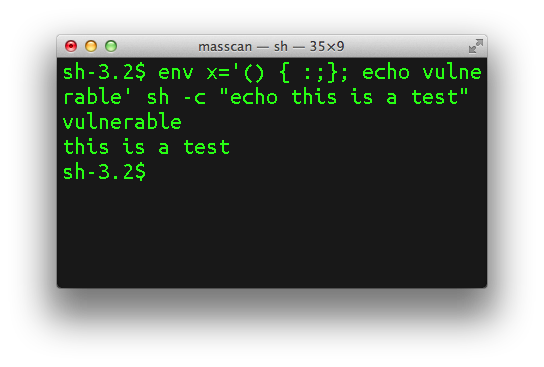Bash vulnerability CVE-2014-6271 patched
This morning, Stephane Chazelas disclosed a vulnerability in the program bash, the GNU Bourne-Again-Shell. This software is widely used, especially on Linux servers, such as the servers used to provide CloudFlare’s performance and security cloud services.
This vulnerability is a serious risk to Internet infrastructure, as it allows remote code execution in many common configurations, and the severity is heightened due to bash being in the default configuration of most Linux servers. While bash is not directly used by remote users, it is used internally by popular software packages such as web, mail, and administration servers. In the case of a web server, a specially formatted web request, when passed by the web server to the bash application, can cause the bash software to run commands on the server for the attacker. More technical information was posted on the oss-sec mailing list.
The security community has assigned this bash vulnerability the ID CVE-2014-6271.
As soon as we became aware of this vulnerability, CloudFlare’s engineering and operations teams tested a patch to protect our servers, and deployed it across our infrastructure. As of now, all CloudFlare servers are protected against CVS-2014-6271.
Everyone who is using the bash software package should upgrade Continue reading




